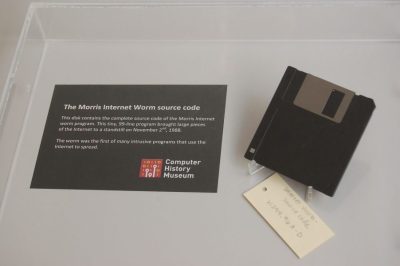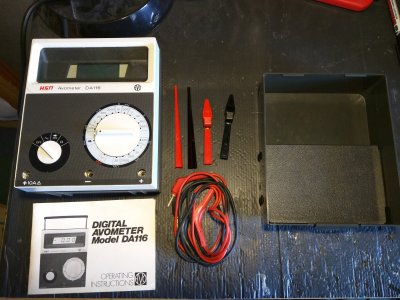[RetroBytes] takes us on a whirlwind tour of the history of the Digital Equipment Corporation (DEC), its founder Ken Olsen, and during intermission builds up a working replica of the PDP-11 from a kit. DEC was a major player in the early computer industry, cranking out a number of models that were both industrial workhorses and used in computer laboratories to develop many of the operating systems and tools whose descendants we still use today. On top of that, DEC’s innovative, employee-friendly, and lightweight company structure was generally well-liked by its employees and a welcomed departure from the typical behemoths of the day.
This video takes us from the beginnings of DEC and its roots in MIT up to the PIP-11 era, highlighting major architectures and events along the way such as the PDP-1, PDP-8, and PDP-11. [RetroBytes] says he has a DEC Alpha sitting on the sidelines, so there may be a few follow-up videos in the future — perhaps one on the VAX as well.
We’ve covered this particular PDP-11 replica last year, and if these replica kits are your cup of tea, check out our coverage of kit designer [Oscar Vermeulen]’s presentation. Have you ever used real PDP or VAX computers? Let us know your war stories in the comments below.
Continue reading “History Of Digital Equipment Corp And Bonus PDP-11 Replica Build”



















